Light source
A deuterium lamp (185 to 400 nm) is used for the ultraviolet region and a halogen lamp (350 to 3000 nm) is used for the visible / near infrared region. In some cases, a xenon flash lamp is also used. This kind of lamp is often employed together with a photodiode array (PDA) detector in HPLC.
Monochromator
The monochromator extracts light with a specific wavelength from a spectrum produced by a dispersion element such as a diffraction grating. The monochromator comprises an entrance slit, a collimator mirror, a diffraction grating, a condenser mirror, and an exit slit. Figure 10 shows the optical configuration of a typical Czerny-Turner type monochromator.
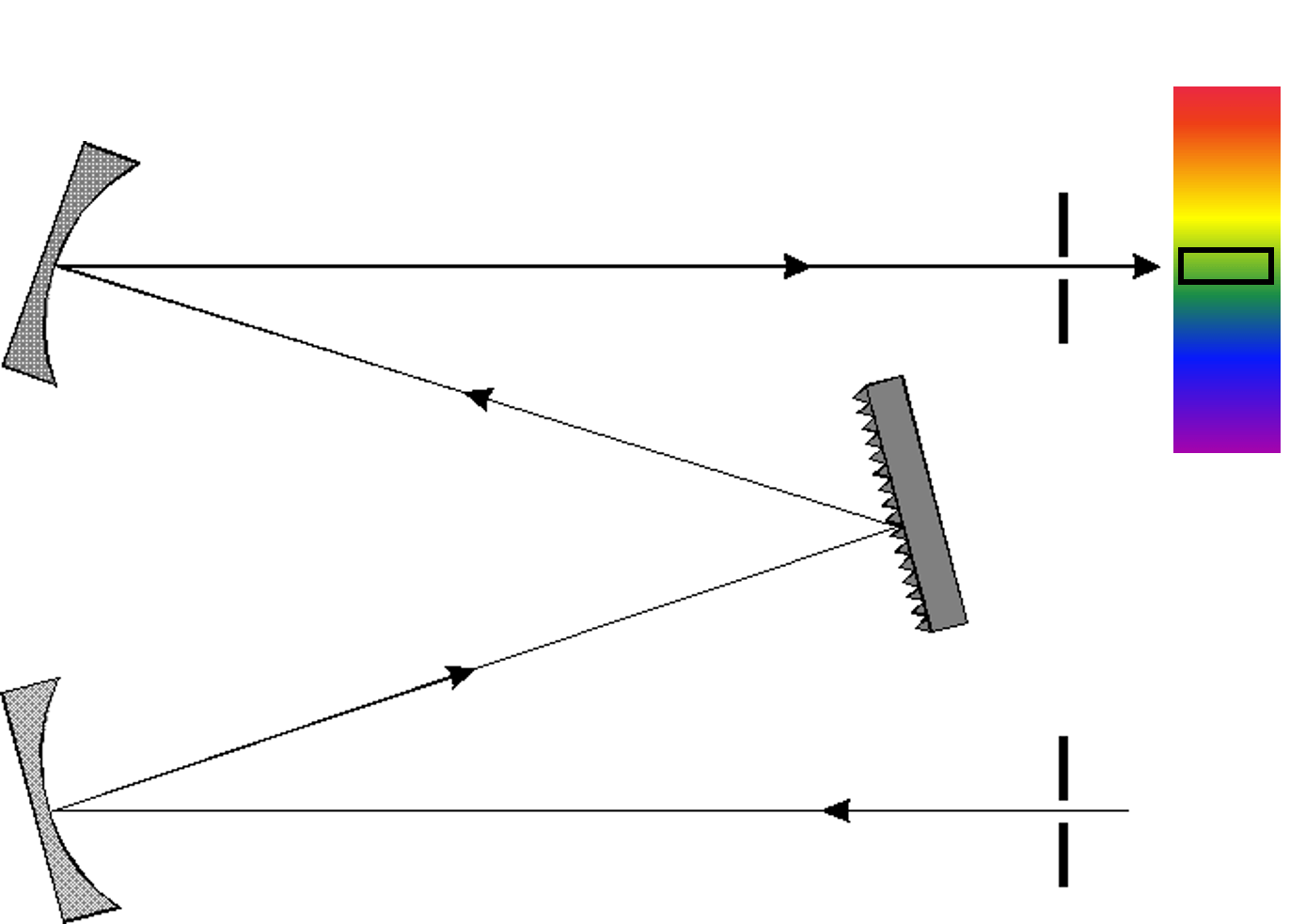
Fig. 10 Czerny-Turner monochromator
Cuvette
There are many types of commercially available cuvettes. These can be made from glass, quartz, or plastic, and can have optical path lengths from 5 to 100 mm. In addition to cuvettes with rectangular cross sections, shapes such as capillaries and flow cells are also available.
Detector
The detector in a UV/vis spectrophotometer is a transducer that converts light into an electrical signal. Typical examples include Si photodiodes (190 - 1100 nm) and photomultiplier tubes (PMT, 185 - 900 nm). PbS detectors (1000 - 3200 nm) and InGaAs detectors (1000 - 3200 nm) are used as near-infrared detectors.
Related Posts:
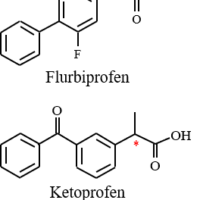 Analysis of Flurbiprofen and Ketoprofen by SFC-PDA…
Analysis of Flurbiprofen and Ketoprofen by SFC-PDA…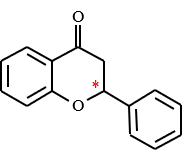 Analysis of Flavanone by SFC-PDA-CD Method Scouting…
Analysis of Flavanone by SFC-PDA-CD Method Scouting…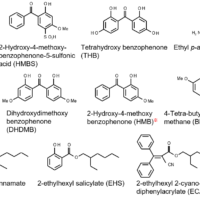 Analysis of Ultraviolet Absorbers in Sunscreen Cream by HPLC
Analysis of Ultraviolet Absorbers in Sunscreen Cream by HPLC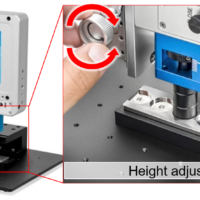 Q. What Kind of Samples can be Measured using the…
Q. What Kind of Samples can be Measured using the… ISO/IEC 17025-Certified Quartz Plate Calibration…
ISO/IEC 17025-Certified Quartz Plate Calibration…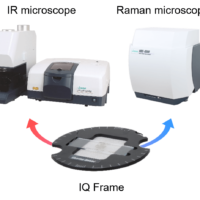 Imaging measurement of plastic particles using IQ Frame
Imaging measurement of plastic particles using IQ Frame
